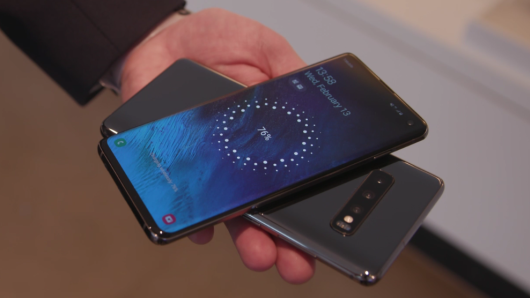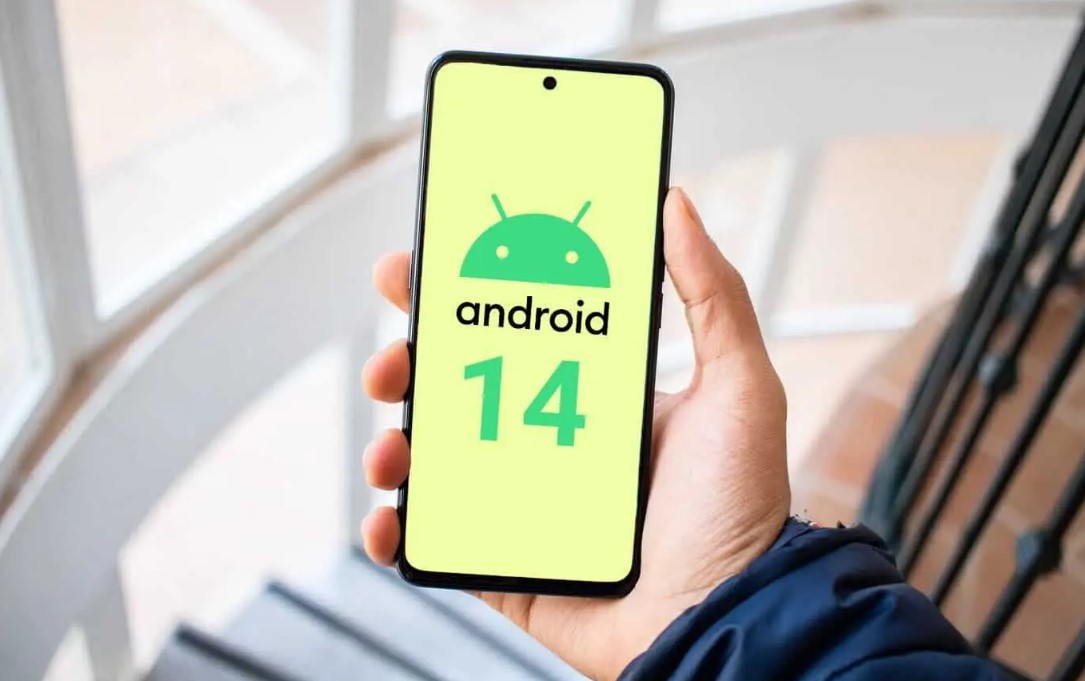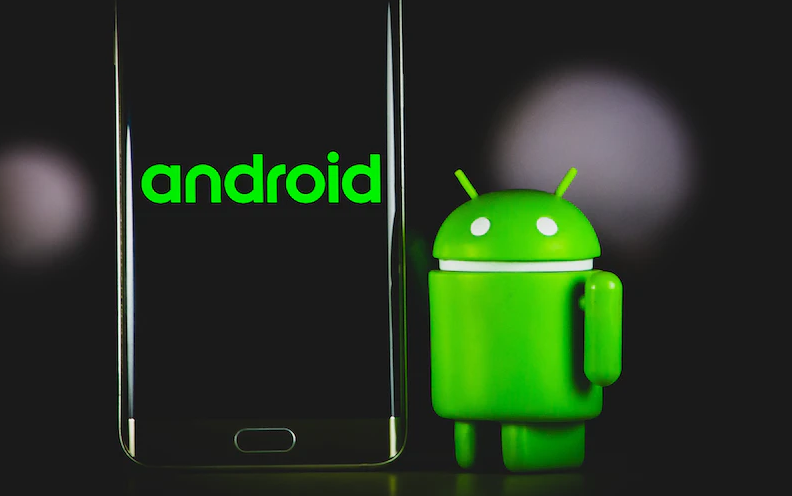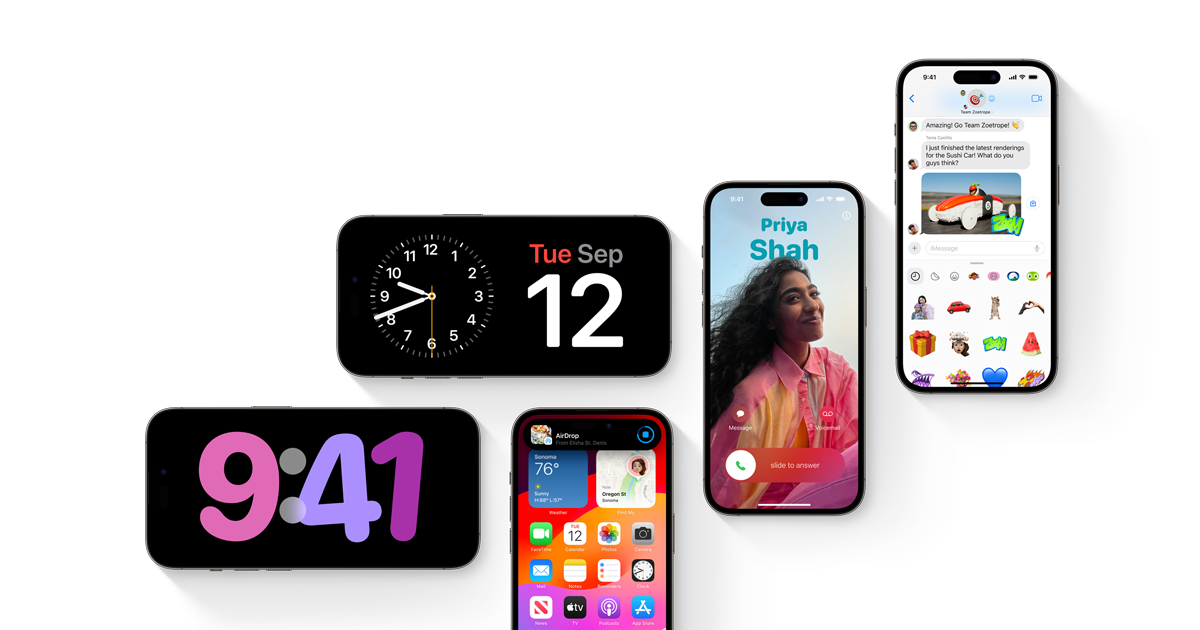Smartphones have become an integral part of our daily lives, serving as our communication lifeline, entertainment hub, and personal assistant. However, one common challenge we face is running out of battery power at the most inconvenient times. Imagine being stranded in a remote location with a dying phone battery and no access to a charger. In such situations, the ability to charge a phone with another phone can be a lifesaver.
In this comprehensive guide, we will explore the methods and techniques to charge a phone with another phone, focusing on two major platforms: Samsung and iPhone. We’ll delve into the concept of wireless power sharing, the devices that support it, and the step-by-step process to utilize this feature. So, whether you’re a Samsung enthusiast or an iPhone user, we’ve got you covered.
Understanding Battery Sharing
Before we dive into the specifics, let’s start by understanding the concept of battery sharing. Many smartphones now offer wireless charging capabilities, allowing users to charge their devices without the need for cables. This technology utilizes a charging pad, where you simply place your phone to initiate the charging process wirelessly.
Battery sharing takes this concept a step further. It allows certain phones to act as charging pads themselves, enabling them to share their battery power with other devices. By activating the battery sharing function, also known as reverse charging, your phone can serve as a power source for another device, just like a charging pad. This feature can prove to be incredibly useful in emergency situations or when you don’t have access to a traditional charger.
Samsung is one of the leading brands that pioneered the concept of battery sharing with its Wireless PowerShare feature. This functionality is available on many of their flagship devices, including the Samsung Galaxy S22 Ultra, Galaxy S21 Series, Galaxy Note 20 Series, and more. To utilize this feature, follow these simple steps:
- Open the Settings app on your Samsung phone.
- Scroll down and select Battery and Device Care.
- Tap on Battery.
- Look for the option labeled Wireless Power Sharing and select it.
- Ensure your phone is facing down, and place the device you want to charge on top of it.
- Align the charging coils of both devices to ensure they are properly aligned for efficient power transfer.
- If you encounter any issues, try removing the case from both devices and realign them.
The charging process will automatically start when the devices are correctly aligned.
It’s important to note that proper alignment is crucial for optimal charging efficiency. If the devices are not aligned correctly, the charging process may not work as intended. Additionally, Wireless PowerShare is not a fast charging method, so it’s best suited for topping up smaller devices like wireless earbuds or smartwatches.
Other Android Phones with Battery Sharing
While Samsung has its Wireless PowerShare feature, other Android phones offer similar functionality, albeit with different names. For example, OnePlus devices have a reverse wireless charging feature, and Google Pixel phones also support this capability. However, it’s important to note that not all Android phones with wireless charging capabilities necessarily support reverse wireless charging. To determine if your phone supports this feature, refer to the specifications or check with the manufacturer.
iPhone: Exploring Battery Sharing Possibilities
When it comes to charging a phone with another phone, iPhone users may be a bit disappointed. As of now, iPhones do not have a built-in battery sharing feature. Unlike Samsung and some other Android devices, iPhones cannot share battery power with other phones. Apple has not yet unlocked this feature, leaving iPhone users reliant on traditional charging methods.
However, there is a workaround for iPhone users who wish to charge their devices using another phone. If the other phone supports wireless charging using the Qi wireless charging standard, you can still charge your iPhone by placing it back to back with the compatible phone. This means that iPhone users can benefit from battery sharing if they have access to a compatible wireless charging device.
Phones Supporting Battery Sharing
Now that we’ve covered the battery sharing capabilities of Samsung and iPhone devices, let’s take a closer look at the phones that support this feature. It’s worth noting that new phones are constantly being released, so this list may not be exhaustive. However, here are some popular phones that support battery sharing:
- Samsung Galaxy S22 Series
- Samsung Galaxy S21 Series
- Samsung Galaxy S20 Series
- Samsung Galaxy Note 20 Series
- Samsung Galaxy Z Flip 4
- Samsung Galaxy Z Flip 3
- Samsung Galaxy Z Flip 5G
- Samsung Galaxy Z Flip
- Samsung Galaxy Z Fold 4
- Samsung Galaxy Z Fold 3
- Samsung Galaxy Z Fold 2
- Samsung Galaxy Fold
- Samsung Galaxy Note 10 Series
- Google Pixel 7
- Google Pixel 6
- Google Pixel 5
- Xiaomi 12 Series
- Xiaomi Mi 11 Series
- Xiaomi Mi 10 Series
- Xiaomi Mi 9 Pro
- Huawei Mate 20 Pro
- OnePlus 10 Pro
- OnePlus 9 Pro
- OnePlus 8 Pro
To charge an iPhone using one of the phones listed above, it’s important to ensure that your iPhone supports wireless charging. Apple phones that allow wireless charging include:
- iPhone 14 Pro Max
- iPhone 14 Pro
- iPhone 14 Plus
- iPhone 14
- iPhone 13 Pro Max
- iPhone 13 Pro
- iPhone 13
- iPhone 13 Mini
- iPhone SE (3rd Gen)
- iPhone 12 Pro Max
- iPhone 12 Pro
- iPhone 12
- iPhone 12 Mini
- iPhone SE (2nd Gen)
- iPhone 11 Pro Max
- iPhone 11 Pro
- iPhone 11
- iPhone XR
- iPhone XS Max
- iPhone XS
- iPhone X
- iPhone 8 Plus
- iPhone 8
If your iPhone model is older than iPhone 7, it does not support wireless charging, and therefore, you won’t be able to charge it from another phone.
Charging Methods for Android Phones
If you have an Android phone that supports battery sharing, here’s a general guide on how to share battery power with another Android phone:
- Swipe up on your phone’s screen to access the app drawer.
- Locate and open the Settings app.
- Look for the Battery option and tap on it.
- Within the Battery settings, you should find an option called Battery Share or similar.
- Toggle the Allow Battery Share option to the On position.
- Place the two phones back to back, ensuring that the charging coils are properly aligned.
- It’s advisable to remove any cases or obstacles that may hinder the charging process for optimal results.
It’s important to note that the exact steps and terminology may vary slightly depending on the brand and model of your Android phone. However, most Android phones follow a similar process for enabling battery sharing.
Best Practices and Considerations
While battery sharing can be a convenient feature, it’s essential to keep in mind some best practices and considerations:
- Efficiency and Speed: Battery sharing, whether using Samsung’s Wireless PowerShare or similar features on other devices, is not as efficient or fast as traditional wired charging methods. It’s best suited for topping up smaller devices or providing emergency power when no other options are available.
- Alignment and Obstacles: Proper alignment between the two devices is crucial for efficient power transfer. Ensure that the charging coils of both devices are aligned, and remove any obstacles such as cases or covers that may impede the charging process.
- Battery Drain: When sharing battery power, remember that the device providing power will experience a significant drain on its own battery. It’s important to consider this when using battery sharing to avoid completely draining the power source device.
- Wireless Charging Compatibility: To successfully charge a device using battery sharing, both devices must support wireless charging. Verify the compatibility of your devices before attempting to share battery power.
- Safety Precautions: While battery sharing is generally safe, it’s essential to be cautious and use common sense. Avoid sharing battery power for extended periods or in situations that may expose the devices to excessive heat or other unfavorable conditions.
Conclusion
In conclusion, the ability to charge a phone with another phone can be a valuable feature in times of need. Samsung devices, with their Wireless PowerShare feature, allow users to share battery power wirelessly with compatible devices. iPhone users, on the other hand, can rely on wireless charging and compatible devices to charge their iPhones through battery sharing. It’s important to keep in mind the limitations and considerations associated with battery sharing, such as slower charging speeds and battery drain.
Always ensure proper alignment and remove any obstacles that may hinder the charging process. Ultimately, battery sharing provides a convenient solution when traditional charging methods are not available, offering a lifeline when you need it the most.
Remember, while battery sharing can be a helpful feature, it’s not a substitute for carrying a portable charger or having access to a traditional charging method. It’s always a good idea to have a backup plan in place to ensure uninterrupted connectivity and power for your devices. Stay charged and connected wherever you go!








